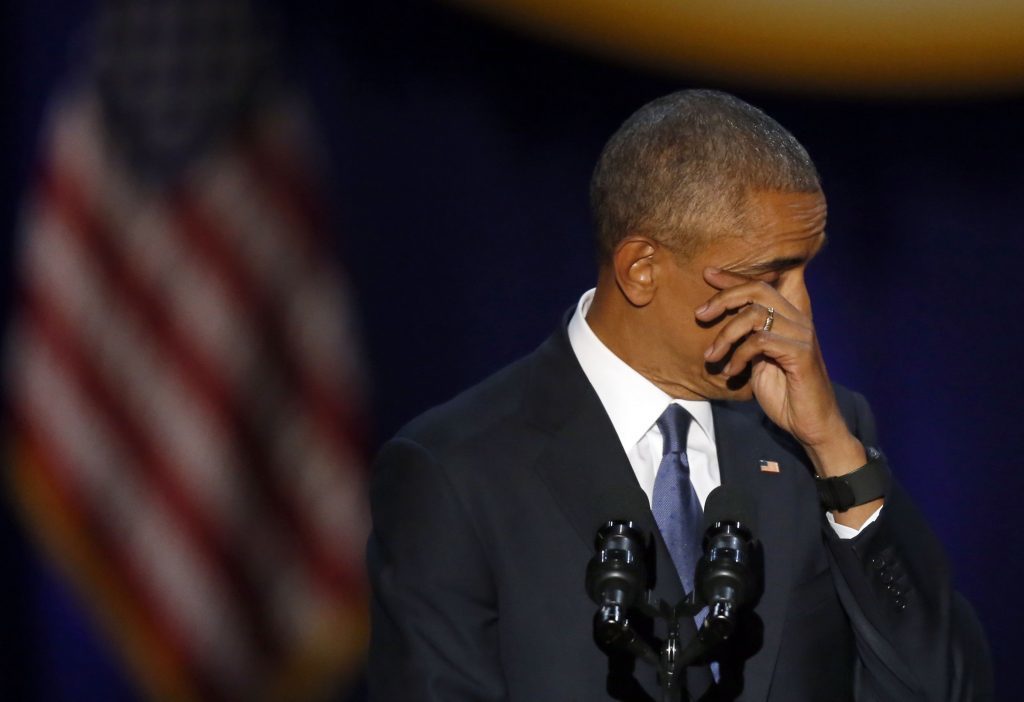
Scientists in Ireland have discovered a method of producing electricity from tears.
Pressure is used to create energy from protein crystals found in the saliva, milk and tears of mammals as well as the egg whites of birds.
It could revolutionise medical implants which release drugs into the body, researchers at the University of Limerick’s Bernal Institute said.
Professor Luuk van der Wielen said: “The impact of this discovery in the field of biological piezoelectricity will be huge and Bernal scientists are leading from the front the progress in this field.”
Piezoelectricity is a property of materials like quartz that can convert mechanical energy into electricity and vice versa. It is already used to create vibration in mobile phones and ultrasound imaging.
The capacity to generate electricity from this particular protein has not thusfar been explored. Because it is a biological material it is non-toxic and could have innovative applications involving medical implants, lead researcher Aimee Stapleton said.
The high precision structure of lysozyme crystals has been known since 1965. They are easily made from natural sources.
Professor Tofail Syed from the University’s Physics Department said: “Crystals are the gold-standard for measuring piezoelectricity in non-biological materials. Our team has shown that the same approach can be taken in understanding this effect in biology.”
The team have been investigating simple fundamental building blocks creating piezoelectricity.
The discovery may have wide-reaching applications and could lead to further research into energy harvesting and flexible electronics for biomedical devices. Future applications of the discovery may include controlling the release of drugs in the body by using lysozyme as a pump that scavenges energy from its surroundings, the report authors added.
It may present an alternative to conventional piezoelectric energy harvesters, many of which contain toxic elements such as lead.
The researchers’ report was published on Monday in the journal Applied Physics Letters.